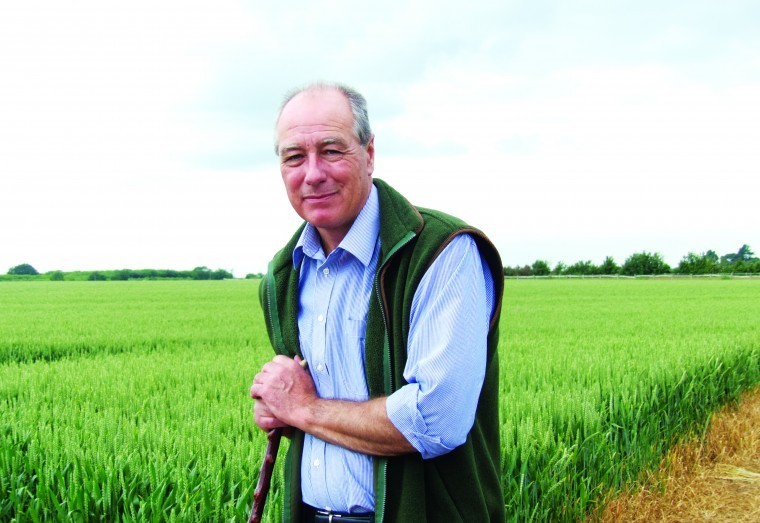I am beginning to wish I had not mentioned a wet August in last month’s article because as I sit writing this we have seen rain events of 40 millimetres on 13 August, 30mm on 24 August, and are well on our way to another 30mm on 26 August. That is already 100mm, a wet month with a week to go as I write.
It is not just wet grain and drifting quality of crops still in the field but very wet ground conditions for establishing next year’s oilseed crops. Most of the tillage only systems we use are suited to hard dry conditions but tend to block up in wet conditions and while that probably is the sign one should not be in the field attempting to cultivate, sometimes there is not much alternative. Our Challenger and Solo operator’s rule of thumb is if you have to dig the DD packer out twice in one morning it is time to park it in the yard.
Shortly after I wrote July’s article we did see substantial rainfall in Kent for the first time in more than three months. There was about 25mm in the last week of the month but then the weather went back to dry and hot to allow us to finish the oilseed and move onto first wheat which straw wise was barely ripe but had dry grain in the ear. In fact there was a lot of very dry grain, as low as 12.5% on some days and a lot of the best wheat in the 11 tonnes a hectare range. I suppose at that point complacency set in as we were looking for wheat crops ripe enough to combine. A severe engine fire on one combine and sieve arm bush failure followed by an alternator fire on the other seemed mere trifles at the time but perhaps less so now we are struggling for consecutive dry days at the back end of August.
To sum up, the oilseed was certainly variable with the good yields at the start drifting away as we cut the later maturing crops which showed a surprising amount of pod disease and insect damage despite chemical treatments and relatively dry conditions from flowering to harvest. Overall we achieved an average yield above 3.7t/ha which I am always content with across a range of soils and altitudes and all dry off the combine so a cheap harvest from a drying perspective.
What can one say about the market price for the rape seed? Perversely prices actually increased as harvest approached rather than the more normal falling away only for them to move down against a European background of tighter supplies. But then the world of commodity markets has all but forgotten Greece having discovered a far bigger worry in every way: China. Oilseeds have fortunately not yet followed oil as far south but with uncertainty and volatility stalking the world stock and commodity markets who knows where they will go when China is the biggest importer of soya. The £250 delivered of today could be the bottom of the market as we would all hope or the top for this year.
Moving on to wheat we have very little left in the field, less than 50 acres, with every tonne in the barn of good quality with hectolitre weights in the high 70s, hagbergs around 300 and good proteins which is no doubt mirrored across the South East. If we are to suffer low prices it might as well be off the back of good yields and quality as we do have something decent to sell and plenty of it.
We had just got to the spring barleys when the rain set in again on Sunday. A bit of damp and barley will not feed into a combine properly nor will it chop although the ability to dry out quicker in the field may yet be a useful asset if it stops raining for more than a day. Yields were encouraging but I will wait until next month before committing to a figure as we were only just starting and again that crop looks fairly variable with soil type the main determinant simply because of the effect on establishment of dry heavy clay soils earlier in the spring. After that we still have winter and spring beans to go and while none of them are huge tonnages to cope with, they will certainly alter the drying costs for the year.
As I mentioned at the start establishing next year’s oilseed crops is rapidly becoming a challenge with the wet soils. All I would say is that last year really reinforced the lesson that it is better to get seed drilled or broadcast into good seedbed conditions regardless of the date rather than force the issue when soils really are not fit. I hope this year follows the same rule.




